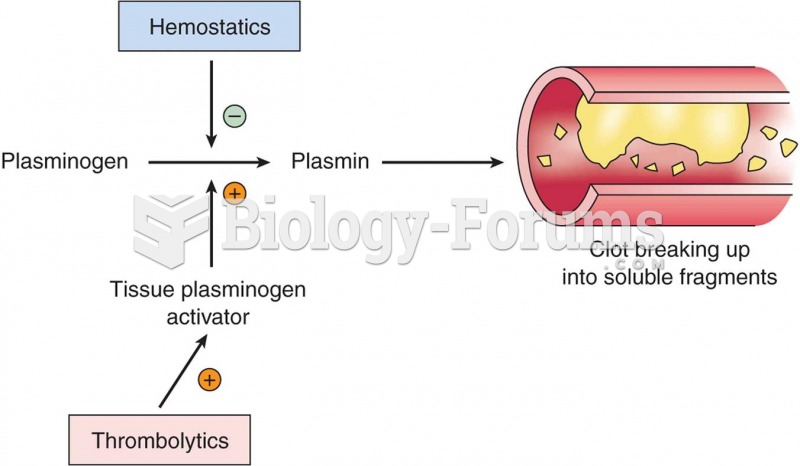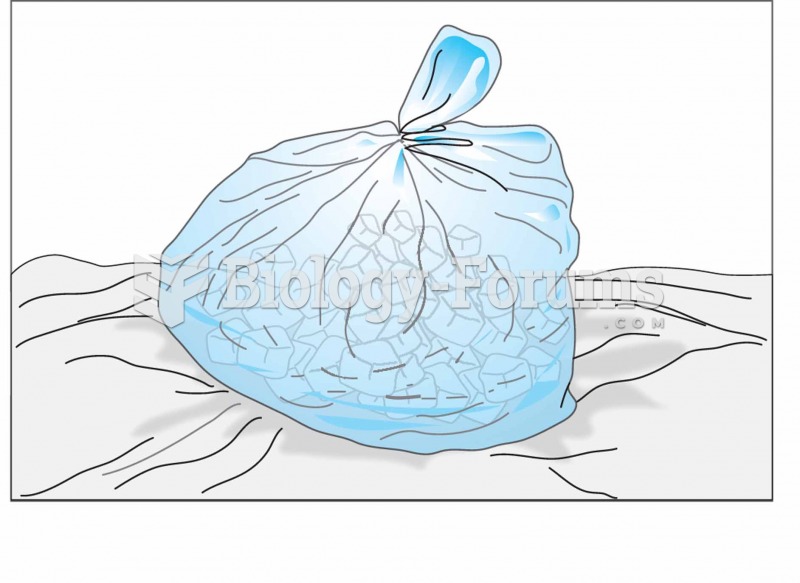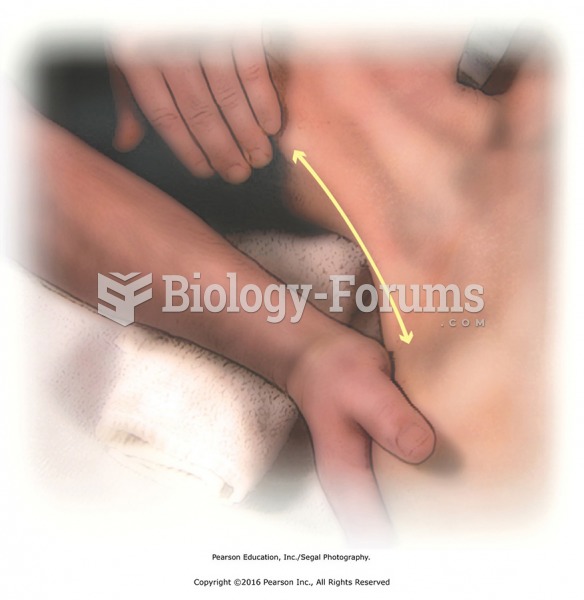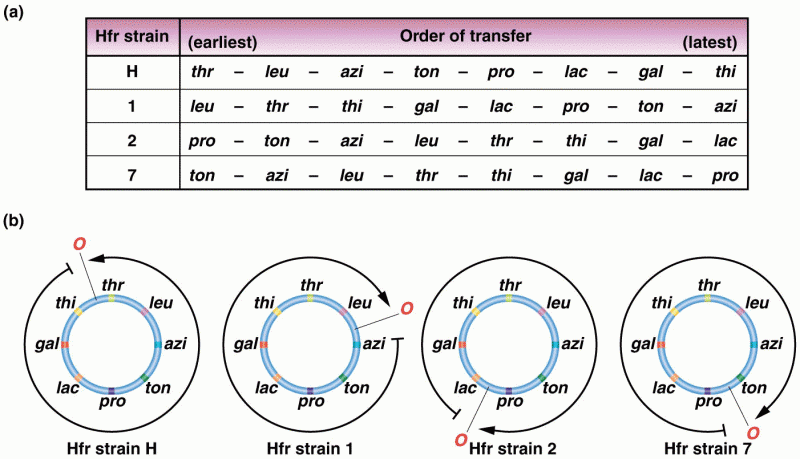Answer to Question 1
Correct Answer: 6,3,5,2,4,1
Determining if the client is incontinent or if there is excess drainage on the linen is the first thing done. Lowering the side rails on both sides of the bed and raising it to a level of comfort is necessary to prevent back injury and is the second step in making the bed. Removing soiled linen and placing it in the laundry bag is the third step in making the bed. Repositioning the mattress is the fourth step of the process. It is appropriate to wipe off any moisture and dry thoroughly at this point if the mattress is wet with moisture. Applying all the bottom linens on one side of the bed before moving to the other side is the fifth step in making the bed. Arranging the client's room and removing and discarding linens is the last step in making an unoccupied bed.
Answer to Question 2
Correct Answer: 2
Vector-borne transmission of organisms pertains to an animal or insect that serves as an immediate means of transporting the infectious agent, and so could not be prevented by hand hygiene. Vehicle-borne transmission pertains to any substance that transfers infectious agents to a susceptible host, such as the nurse's hands. Vehicle-borne transmission is a form of indirect contact transmission. Direct contact transmission is transmission of a microorganism through touching, kissing, or any form of direct contact, such as the nurse touching the client who is susceptible to infection.







